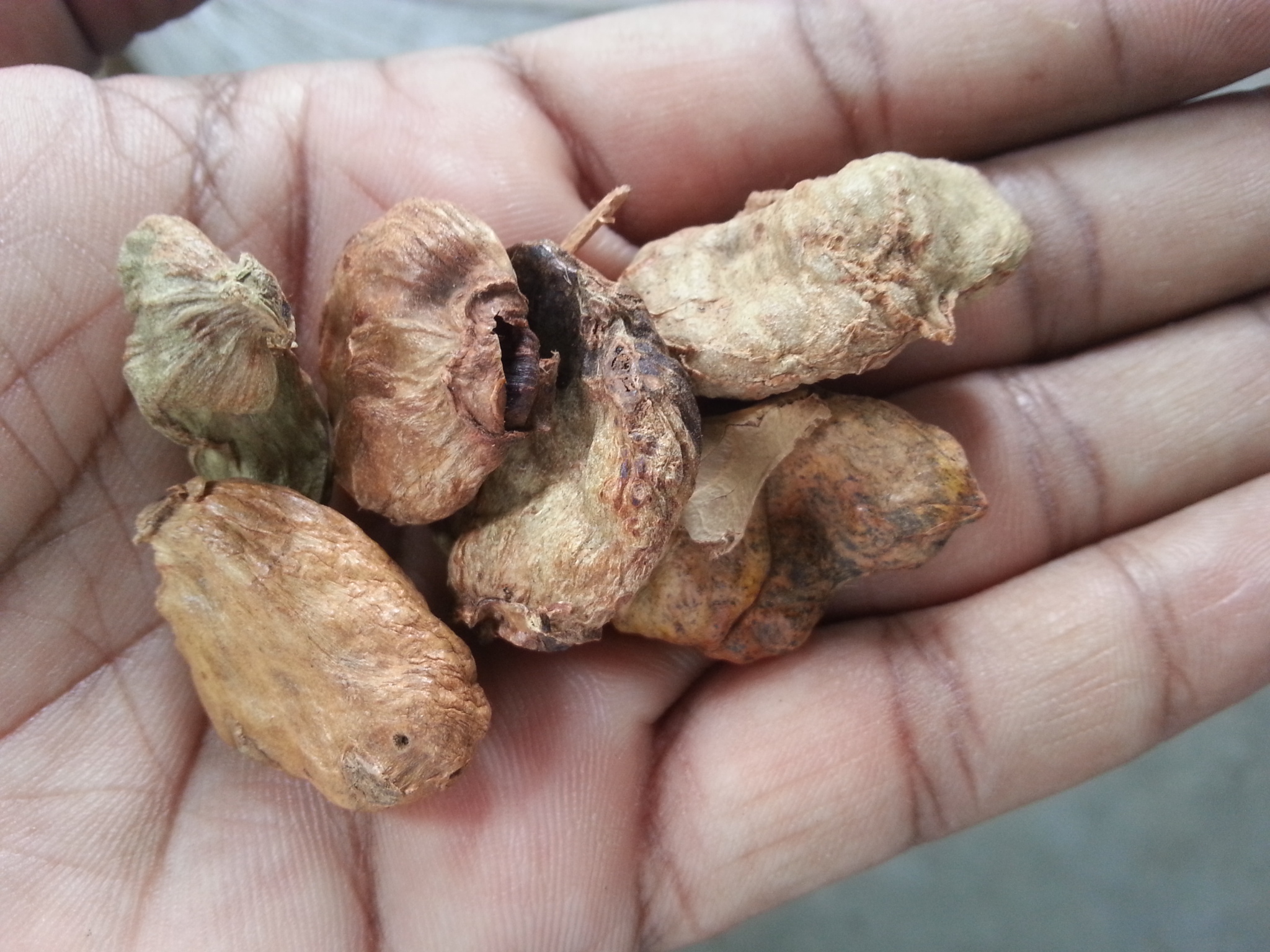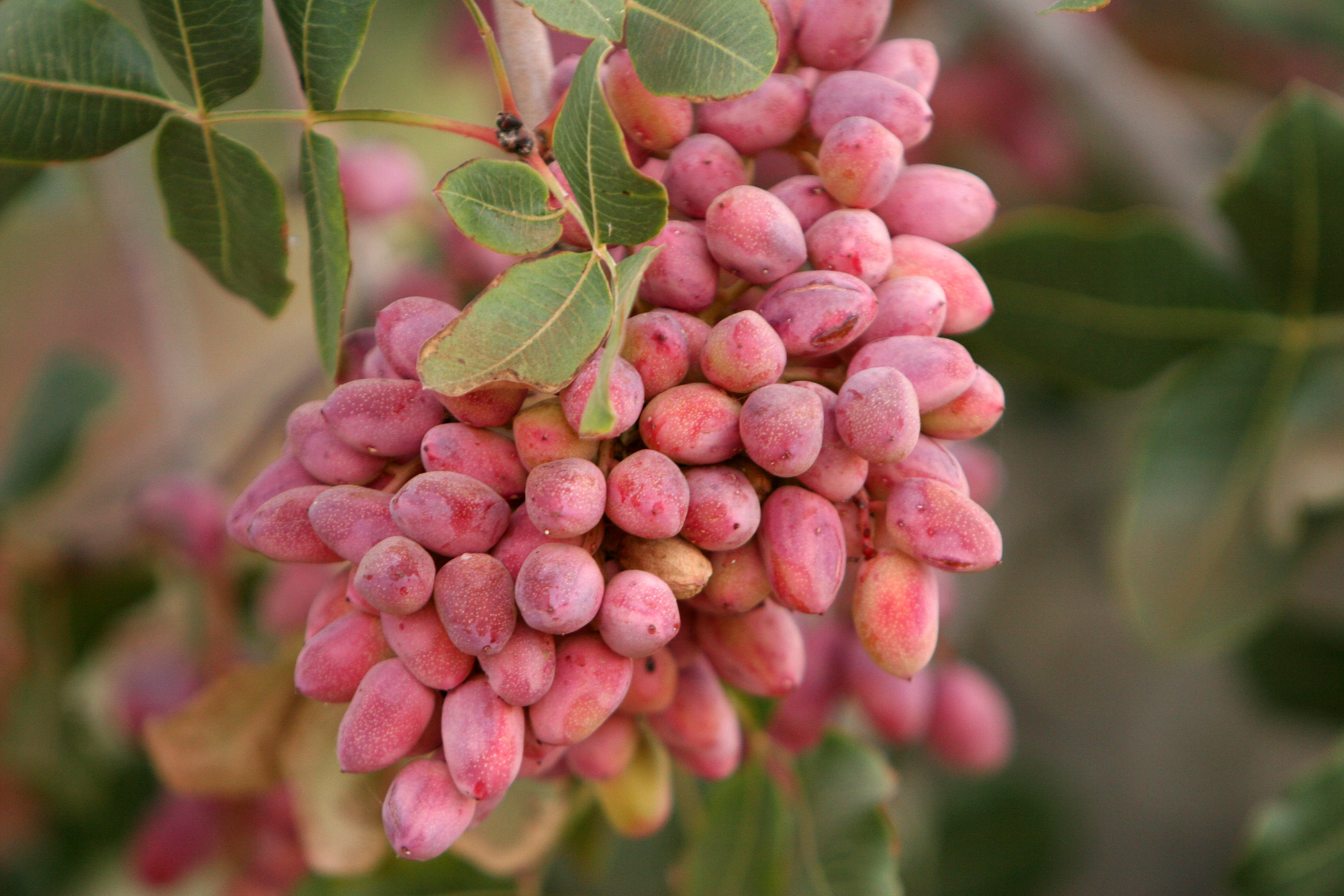|
Pistacia Integerrima
''Pistacia integerrima'' is a species of pistachio tree native to Asia, commonly called zebrawood. It is often classified as ''Pistacia chinensis'' ssp. ''integerrima''. It is used for a variety of purposes in India, including timber, dye, and fodder.Pant, S. and S. S. Samant. (2010)Ethnobotanical observations in the Mornaula Reserve Forest of Kumoun, West Himalaya, India.''Ethnobotanical Leaflets'' 14 193. The leaf galls are used in traditional herbalism for cough, asthma, fever, vomiting, and diarrhea.Upadhye, A. S. and A. A. Rajopadhye. (2010)Pharmacognostic and phytochemical evaluation of leaf galls of ''Kakadshringi'' used in Indian system of medicine.''Journal of Scientific and Industrial Research'' 69 700. Long, horn-shaped leaf galls that often develop on this tree are harvested and used to make ''kakadshringi'', an herbal medicine for diarrhea in northern India. This tree is also used as a rootstock in the cultivation of commercial pistachio The pistachio (, ; ''Pi ... [...More Info...] [...Related Items...] OR: [Wikipedia] [Google] [Baidu] |
John Lindsay Stewart
John Lindsay Stewart (13 December 1831 – 7 July 1873) was a 19th-century Scottish botanist remembered for his conservation of Indian forests. Life Stewart was born in Fettercairn, Dalladies, where his father was a farmer. He studied Medicine at Glasgow University and received his medical degree in 1853. He became particularly interested in botany thanks to the teaching of George Arnott Walker-Arnott. He passed the Indian Medical Service exam and was posted to Bengal in 1856 as an assistant surgeon. In 1857, he was present at the Siege of Delhi, one of the decisive points in the Indian Mutiny. In 1858, he joined the expedition to Yusufzai and served some time with the Punjab regiments. In 1860, he left his medical duties to become Superintendent of the Botanic Gardens at Saharunpore under the jurisdiction of William Jameson, delegating for him during a year of absence. He had duties overseeing the government tea plantations in the region. Following Jameson's return in ... [...More Info...] [...Related Items...] OR: [Wikipedia] [Google] [Baidu] |
Asthma
Asthma is a common long-term inflammatory disease of the airways of the lungs. It is characterized by variable and recurring symptoms, reversible airflow obstruction, and easily triggered bronchospasms. Symptoms include episodes of wheezing, coughing, chest tightness, and shortness of breath. A sudden worsening of asthma symptoms sometimes called an 'asthma attack' or an 'asthma exacerbation' can occur when allergens, pollen, dust, or other particles, are inhaled into the lungs, causing the bronchioles to constrict and produce mucus, which then restricts oxygen flow to the alveoli. These may occur a few times a day or a few times per week. Depending on the person, asthma symptoms may become worse at night or with exercise. Asthma is thought to be caused by a combination of genetic and environmental factors. Environmental factors include exposure to air pollution and allergens. Other potential triggers include medications such as aspirin and beta blockers. Diag ... [...More Info...] [...Related Items...] OR: [Wikipedia] [Google] [Baidu] |
Medicinal Plants
Medicinal plants, also called medicinal herbs, have been discovered and used in traditional medicine practices since prehistoric times. Plants synthesize hundreds of chemical compounds for various functions, including Plant defense against herbivory, defense and protection against insects, fungi, Plant disease resistance, diseases, against parasites and herbivorous mammals. The earliest historical records of herbs are found from the Sumerian civilization, where hundreds of medicinal plants including opium are listed on clay tablets, . The Ebers Papyrus from ancient Egypt, , describes over 850 plant medicines. The Greek physician Pedanius Dioscorides, Dioscorides, who worked in the Roman army, documented over 1000 recipes for medicines using over 600 medicinal plants in , ; this formed the basis of pharmacopoeias for some 1500 years. Drug research sometimes makes use of ethnobotany to search for pharmacologically active substances, and this approach has yielded hundreds of use ... [...More Info...] [...Related Items...] OR: [Wikipedia] [Google] [Baidu] |
Galls Of Pistacia Integerrima
Galls (from the Latin , 'oak-apple') or ''cecidia'' (from the Greek , anything gushing out) are a kind of swelling growth on the external tissues of plants. Plant galls are abnormal outgrowths of plant tissues, similar to benign tumors or warts in animals. They can be caused by various parasites, from viruses, fungi and bacteria, to other plants, insects and mites. Plant galls can be such highly organized structures that their cause can be determined without the actual agent being identified. This applies particularly to insect and mite plant galls. The study of plant galls is known as cecidology. Anatomy Shape and size Galls develop on various plant organs, providing nutrition and shelter to inducing insects. Galls display vast variation in morphology, size, and wall composition. The size of insect galls can range significantly, from approximately two inches in diameter to less than one-sixteenth of an inch. Some galls are so small that they are merely slightly thickened ... [...More Info...] [...Related Items...] OR: [Wikipedia] [Google] [Baidu] |
Pistachio
The pistachio (, ; ''Pistacia vera'') is a small to medium-sized tree of the Anacardiaceae, cashew family, originating in Iran. The tree produces nut (fruit)#Culinary definition and uses, seeds that are widely consumed as food. In 2022, world production of pistachios was one million tonnes, with the United States, Iran, and Turkey combined accounting for 88% of the total. Description The tree grows up to tall. It has deciduous, pinnate leaves long. The plants are dioecious, with separate male and female trees. The flowers are apetalous and unisexual and borne in panicles. The fruit is a drupe, containing an elongated seed, which is the edible portion. The seed, commonly thought of as a nut, is a nut (food), culinary nut, not a nut (fruit)#Botanical definition, botanical nut. The fruit has a hard, cream-colored exterior shell. The seed has a mauve-colored skin and light green flesh, with a distinctive flavor. When the fruit ripens, the shell changes from green to an autu ... [...More Info...] [...Related Items...] OR: [Wikipedia] [Google] [Baidu] |
Rootstock
A rootstock is part of a plant, often an underground part, from which new above-ground growth can be produced. It could also be described as a stem with a well developed root system, to which a bud from another plant is grafted. It can refer to a rhizome or underground stem. In grafting, it refers to a plant, sometimes just a stump, which already has an established, healthy root system, onto which a cutting or a bud from another plant is grafted. In some cases, such as vines of grapes and other berries, cuttings may be used for rootstocks, the roots being established in nursery conditions before planting them out. The plant part grafted onto the rootstock is usually called the scion. The scion is the plant that has the properties that propagator desires above ground, including the photosynthetic activity and the fruit or decorative properties. The rootstock is selected for its interaction with the soil, providing the roots and the stem to support the new plant, obtaining the nec ... [...More Info...] [...Related Items...] OR: [Wikipedia] [Google] [Baidu] |
Diarrhea
Diarrhea (American English), also spelled diarrhoea or diarrhœa (British English), is the condition of having at least three loose, liquid, or watery bowel movements in a day. It often lasts for a few days and can result in dehydration due to fluid loss. Signs of dehydration often begin with loss of the normal stretchiness of the skin and irritable behaviour. This can progress to decreased urination, loss of skin color, a fast heart rate, and a decrease in responsiveness as it becomes more severe. Loose but non-watery stools in babies who are exclusively breastfed, however, are normal. What is diarrhea? How is it caused, treated and prevented? (see also script)The most common cause is an infection of the intestines due to a virus, bacterium, or parasite—a condition also known as gastroenteritis. These infections are often acquired from food or water that has been contaminated by feces, or directly from another person who is infected. The three types of diarrhea ... [...More Info...] [...Related Items...] OR: [Wikipedia] [Google] [Baidu] |
Vomiting
Vomiting (also known as emesis, puking and throwing up) is the forceful expulsion of the contents of one's stomach through the mouth and sometimes the nose. Vomiting can be the result of ailments like food poisoning, gastroenteritis, pregnancy, motion sickness, or hangover; or it can be an after effect of diseases such as brain tumors, elevated intracranial pressure, or overexposure to ionizing radiation. The feeling that one is about to vomit is called nausea; it often precedes, but does not always lead to vomiting. Impairment due to alcohol or anesthesia can cause inhalation of vomit. In severe cases, where dehydration develops, intravenous fluid may be required. Antiemetics are sometimes necessary to suppress nausea and vomiting. Self-induced vomiting can be a component of an eating disorder such as bulimia nervosa, and is itself now classified as an eating disorder on its own, purging disorder. Complications Aspiration Vomiting is dangerous if gastric content e ... [...More Info...] [...Related Items...] OR: [Wikipedia] [Google] [Baidu] |
Fever
Fever or pyrexia in humans is a symptom of an anti-infection defense mechanism that appears with Human body temperature, body temperature exceeding the normal range caused by an increase in the body's temperature Human body temperature#Fever, set point in the hypothalamus. There is no single agreed-upon upper limit for normal temperature: sources use values ranging between in humans. The increase in set point triggers increased muscle tone, muscle contractions and causes a feeling of cold or chills. This results in greater heat production and efforts to conserve heat. When the set point temperature returns to normal, a person feels hot, becomes Flushing (physiology), flushed, and may begin to Perspiration, sweat. Rarely a fever may trigger a febrile seizure, with this being more common in young children. Fevers do not typically go higher than . A fever can be caused by many medical conditions ranging from non-serious to life-threatening. This includes viral infection, viral, b ... [...More Info...] [...Related Items...] OR: [Wikipedia] [Google] [Baidu] |
Cough
A cough is a sudden expulsion of air through the large breathing passages which can help clear them of fluids, irritants, foreign particles and Microorganism, microbes. As a protective reflex, coughing can be repetitive with the cough reflex following three phases: an inhalation, a forced exhalation against a closed glottis, and a violent release of air from the lungs following opening of the glottis, usually accompanied by a distinctive sound. Coughing into one's elbow or toward the ground—rather than forward at breathing height—can reduce the spread of infectious droplets in the air. Frequent coughing usually indicates the presence of a disease. Many viruses and bacteria benefit, from an evolutionary perspective, by causing the Host (biology), host to cough, which helps to spread the disease to new hosts. Irregular coughing is usually caused by a respiratory tract infection but can also be triggered by choking, smoking, air pollution, asthma, gastroesophageal reflux disease ... [...More Info...] [...Related Items...] OR: [Wikipedia] [Google] [Baidu] |
Dietrich Brandis
Sir Dietrich Brandis (31 March 1824 – 28 May 1907) was a German-British botanist and forestry academic and administrator, who worked with the British Imperial Forestry Service in colonial India for nearly 30 years. He joined the British civil service in Burma in 1856, shortly afterwards became head of the British forestry administration in all of Burma, and served as Inspector General of Forests in India from 1864 to 1883. He returned to Europe in 1883, dividing his time between Bonn and Greater London. In retirement he dedicated himself to scholarly work, resulting in the book '' Indian Trees'' (1906), his ''magnum opus''. Brandis is considered the father of tropical forestry and has also been described as the father of scientific forestry. In addition to his work in India, he also had a significant influence on forest management in the United States. Early life, education and family A member of the patrician Brandis family, Dietrich Brandis was born in Bonn, Germany, and ... [...More Info...] [...Related Items...] OR: [Wikipedia] [Google] [Baidu] |
Herbalism
Herbal medicine (also called herbalism, phytomedicine or phytotherapy) is the study of pharmacognosy and the use of medicinal plants, which are a basis of traditional medicine. Scientific evidence for the effectiveness of many herbal treatments remains limited, prompting ongoing regulatory evaluation and research into their safety and efficacy. Standards for purity or dosage are generally not provided. The scope of herbal medicine sometimes includes fungi, fungal and bee products, as well as Dietary mineral, minerals, Exoskeleton, shells and certain animal parts. Paraherbalism is the Pseudoscience, pseudoscientific use of plant or animal extracts as medicine, relying on unproven beliefs about the safety and effectiveness of minimally processed natural substances. Herbal medicine has been used since at least the Paleolithic era, with written records from ancient Sumer, Egypt, Greece, China, and India documenting its development and application over millennia. Modern herbal medici ... [...More Info...] [...Related Items...] OR: [Wikipedia] [Google] [Baidu] |






